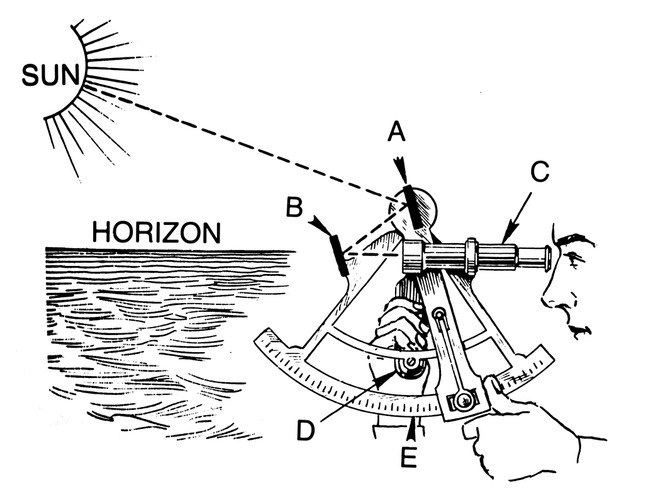Life is an endless series of challenges. We often lack the courage to approach, and the knowledge to solve them. But life isn’t just an accumulation of challenges – it’s also an endless series of experiences. Challenges can become experiences, and help us to proceed better next time. Nevertheless, we need to accept life as an endless accumulation of problems: when one is solved, the next one appears. As a result, there’s always a biggest problem right in front of us. This can be intimidating – but by understanding problems as personal growth opportunities, we can accept and solve them. We can find our place in the world.
Everyone understands the creativity required to be an artist – it’s a cliché by now. The artist’s knowledge of aesthetics and semantics, the histories of their media and paragons, the skills required to master their crafts, the urge to materialize thought, opinion and emotion into matter – these are core parts of any artistic practice. For historic reasons, this is where art schools usually stop their discussion, leaving graduates with rather romantic ideas about their profession: if the curriculum doesn’t discuss business and personal growth, can it really be essential? The artist’s imagined life doesn’t need any of this.
The reality is different though: art has become a business. It’s possible to live from your creations, but that requires you to grow your business sense, and balance it with your work practice. Art done for the pure sake of personal expression can ignore this: professionals don’t have this luxury. With art schools mostly leaving business realities unmentioned, artists become professionals predominantly by learning from their mistakes: messing up gallery collaborations, missing out on sales opportunities, ignoring commission contracts or work insurances, failing at communicating to their collectors, suffering from burnout, screwing up their taxes – the list is endless and enraging: by so exclusively focusing on art practices, art schools foster an outdated, romantic, unrealistic and unreasonable approach to life. They focus on the creation of hobbyists, not professionals.
The expertises required to succeed as contemporary artist are immense. Artists traditionally think of topics outside of their work practice as hardships (“Can’t I please just continue sculpting?”): for professionals, this won’t be good enough. Aren’t artists the ultimate problem solvers? Isn’t the artist’s actual life the ultimate creative challenge? There cannot easily be a more holistically challenging, and thus potentially more gratifying job out there. Let’s therefore embrace the complexities of the real world, and become better artists along the way. To this end, the Handbook offers analyses and strategies beyond pure career advice. It wants you to thrive as an artist, as a business person and as a human being worthy of success.
To get there, you need to be circumspect, and perpetually increase your self-knowledge: who are you? How do you want to express yourself in your art practice and business relationships? How does success look like to you? By incorporating these questions into your everyday inquiries, you will become ever more sensitive to your surrounding’s changes and challenges. A seismograph of change and potential: an artist.
